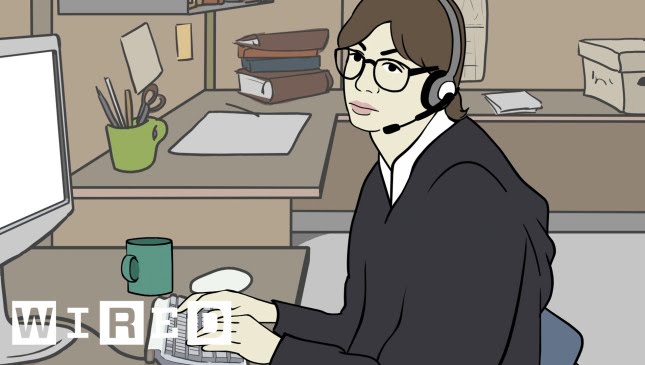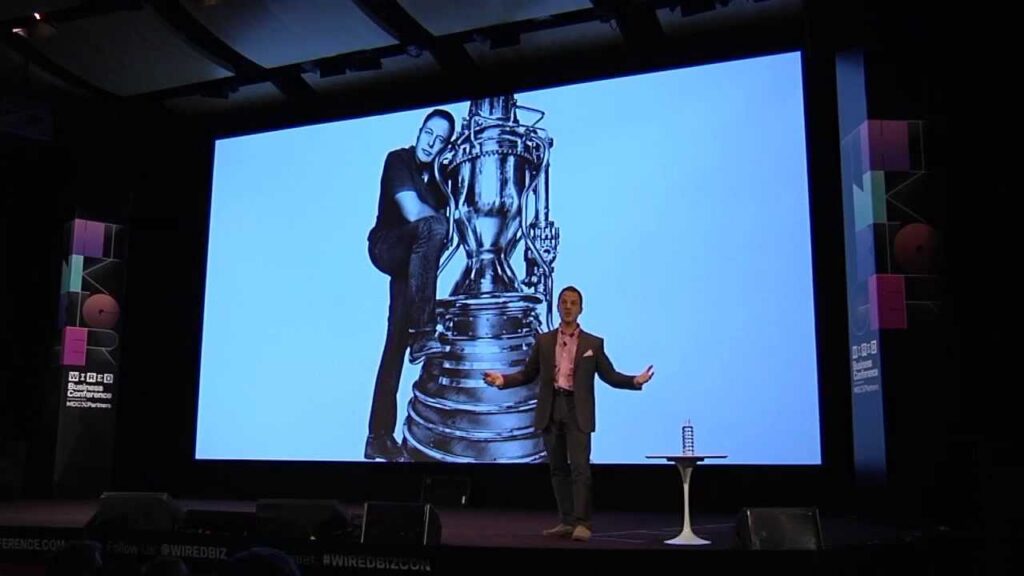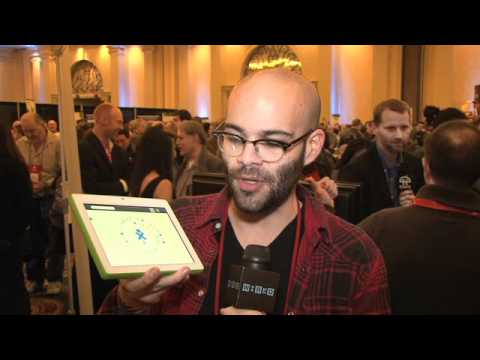The Art of Pumpkin Carving: 13 Levels of Increasing Complexity
Summary
In this article, we explore the art of pumpkin carving and the techniques involved in creating intricate designs. We discuss the challenges of carving straight lines on pumpkins and the benefits of having an organic background to work with. We also describe the various levels of carving, from simple to layered carving, and the tools required for each level. We emphasize the need for sharp tools to go through the fibrous pumpkin flesh and the importance of adding a background to make the details pop and increase the definition in the design. Finally, we discuss back carving, a technique used to highlight specific areas of the design where the light would be strongest.
Table of Contents
- Level 1: Basic Jack-O’-Lantern
- Level 2: Embellished Jack-O’-Lantern
- Level 3: Layered Carving
- Level 4: Background and Connection Spot
- Level 5: Organic Shapes
- Level 6: Negative Space
- Level 7: Carving a Face
- Level 8: Carving a Scene
- Level 9: Support Systems
- Level 10: Carving Highlights and Outlines
- Level 11: Using Templates
- Level 12: Carving Words and Logos
- Level 13: Back Carving
Level 1: Basic Jack-O’-Lantern
Pumpkin carving starts with the basic level one jack-o’-lantern, which has two triangle eyes, a simple mouth, and a nose. Cut the top of the pumpkin at an angle to prevent the lid from falling in. A fillet knife is the preferred tool for carving facial features as it is less likely to get stuck and cause accidents. Mistakes in feature placement can be avoided by stepping back to assess the design. Turn a mistake into a design and add more teeth to make it scarier.
Level 2: Embellished Jack-O’-Lantern
The embellished jack-o’-lantern involves paying attention to what a face does and carving shapes that light makes when it bounces off an object to create a realistic pumpkin. Draw the image on the pumpkin first and use a drywall saw to cut the top off. Carve highlights and outlines while building support systems to prevent the pumpkin from breaking.
Level 3: Layered Carving
Layered carving involves carving different depths into the pumpkin to create a 3D effect. Use a thin saw blade to make the cuts and work from the deepest layer to the shallowest.
Level 4: Background and Connection Spot
Adding a background to a pumpkin tells a story and accounts for the connection spot. Take one’s time and use a fine saw for detailed work. Organic shapes display easily on a round pumpkin.
Level 5: Organic Shapes
Organic shapes add depth and texture to a pumpkin. Use a gouge or a V-shaped tool to create the shapes.
Level 6: Negative Space
Negative space is the area around the design that is cut out. It is important to consider the negative space when designing a pumpkin as it can add to the overall effect.
Level 7: Carving a Face
Carving a face involves paying attention to the angles and curves of the pumpkin. Use a template or draw the face on the pumpkin first. Use a thin saw blade to make the cuts and work from the deepest layer to the shallowest.
Level 8: Carving a Scene
Carving a scene involves creating a story on the pumpkin. Draw the scene on the pumpkin first and use a thin saw blade to make the cuts. Work from the deepest layer to the shallowest.
Level 9: Support Systems
Support systems are used to prevent the pumpkin from collapsing. Use toothpicks or skewers to hold the pumpkin together.
Level 10: Carving Highlights and Outlines
Carving highlights and outlines involves using different depths and angles to create a 3D effect. Use a thin saw blade to make the cuts and work from the deepest layer to the shallowest.
Level 11: Using Templates
Templates are a useful tool for creating intricate designs. Print out a template and tape it to the pumpkin. Use a thin saw blade to make the cuts and work from the deepest layer to the shallowest.
Level 12: Carving Words and Logos
Carving words and logos involves paying attention to the negative space and the angles of the pumpkin. Draw the design on the pumpkin first and use a thin saw blade to make the cuts.
Level 13: Back Carving
Back carving is a technique used to highlight specific areas of the design where the light would be strongest. Leave the light on, especially if there are no areas cut out, and the design is just solids with back carving.
Conclusion
Pumpkin carving is an art that requires a lot of skill and patience. With the right tools and techniques, anyone can create an intricate design. From the basic jack-o’-lantern to the layered carving and back carving, there are various levels of complexity to explore. Remember to take one’s time, use sharp tools, and have fun!







